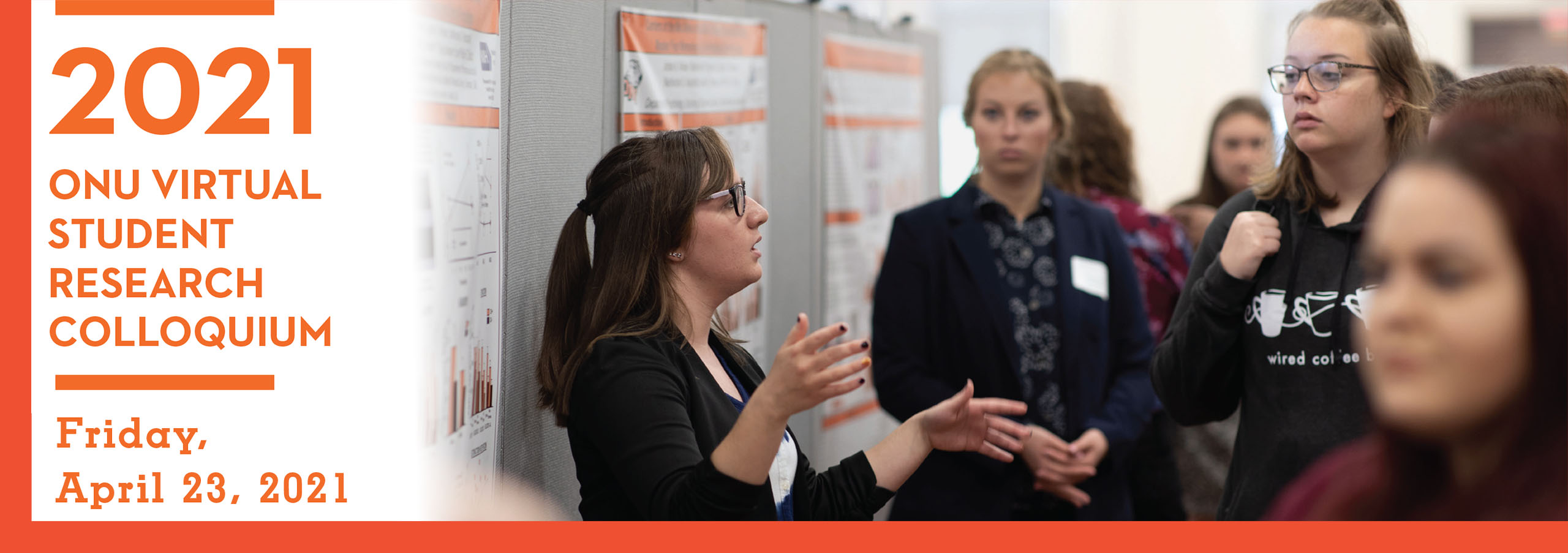Sponsor
Jamie Hunsicker, DNP
Ohio Northern University
Health & Behavioral Sciences, Nursing
j-hunsicker@onu.edu
Advisor(s)
Megan Lieb, DNP
Ohio Northern University
Nursing, Health & Behavioral Sciences
m-lieb.2@onu.edu
Jamie Hunsicker, DNP
Ohio Northern University
Health & Behavioral Sciences, Nursing
j-hunsicker@onu.edu
Document Type
Poster
Start Date
23-4-2021 9:00 AM
Abstract
Problem: Patient call lights response times are instrumental in increasing patient satisfaction and decreasing adverse patient events, such as falls and pressure ulcers. A common method used to decrease response times is the implementation of hourly rounding, allowing the nursing staff to address potential issues early.
Purpose: The purpose of the project is to determine an effective unit-wide initiative to increase the compliance of nurses' purposeful hourly rounding and improve their knowledge about how to effectively round on their patients.
Methods: Nurses knowledge on purposeful hourly rounding will be measured via a researcher-developed anonymous survey. An educational intervention on purposeful hourly rounding will be provided via staff education and visual aids. Effectiveness of the intervention will be measured though a follow up survey. The sample includes the nursing staff on a medical-surgical unit.
Pertinent Findings: By providing information regarding hourly rounding, nursing staffs compliance with hourly rounding will be increased, resulting in decreased call light response times.
Conclusion: Providing education regarding purposeful hourly round resulted in call light decreased response times and increased patient satisfaction, suggesting that hourly rounding is an efficient way for nurses to improve patient outcomes.
Recommended Citation
Scalli, Nicholas, "The effects of purposeful hourly rounding education on medical/surgical staff by measuring nurses' knowledge of and perceived call light response time on a medical-surgical unit" (2021). ONU Student Research Colloquium. 53.
https://digitalcommons.onu.edu/student_research_colloquium/2021/posters/53
Restricted
Available to ONU community via local IP address and ONU login.
The effects of purposeful hourly rounding education on medical/surgical staff by measuring nurses' knowledge of and perceived call light response time on a medical-surgical unit
Problem: Patient call lights response times are instrumental in increasing patient satisfaction and decreasing adverse patient events, such as falls and pressure ulcers. A common method used to decrease response times is the implementation of hourly rounding, allowing the nursing staff to address potential issues early.
Purpose: The purpose of the project is to determine an effective unit-wide initiative to increase the compliance of nurses' purposeful hourly rounding and improve their knowledge about how to effectively round on their patients.
Methods: Nurses knowledge on purposeful hourly rounding will be measured via a researcher-developed anonymous survey. An educational intervention on purposeful hourly rounding will be provided via staff education and visual aids. Effectiveness of the intervention will be measured though a follow up survey. The sample includes the nursing staff on a medical-surgical unit.
Pertinent Findings: By providing information regarding hourly rounding, nursing staffs compliance with hourly rounding will be increased, resulting in decreased call light response times.
Conclusion: Providing education regarding purposeful hourly round resulted in call light decreased response times and increased patient satisfaction, suggesting that hourly rounding is an efficient way for nurses to improve patient outcomes.

